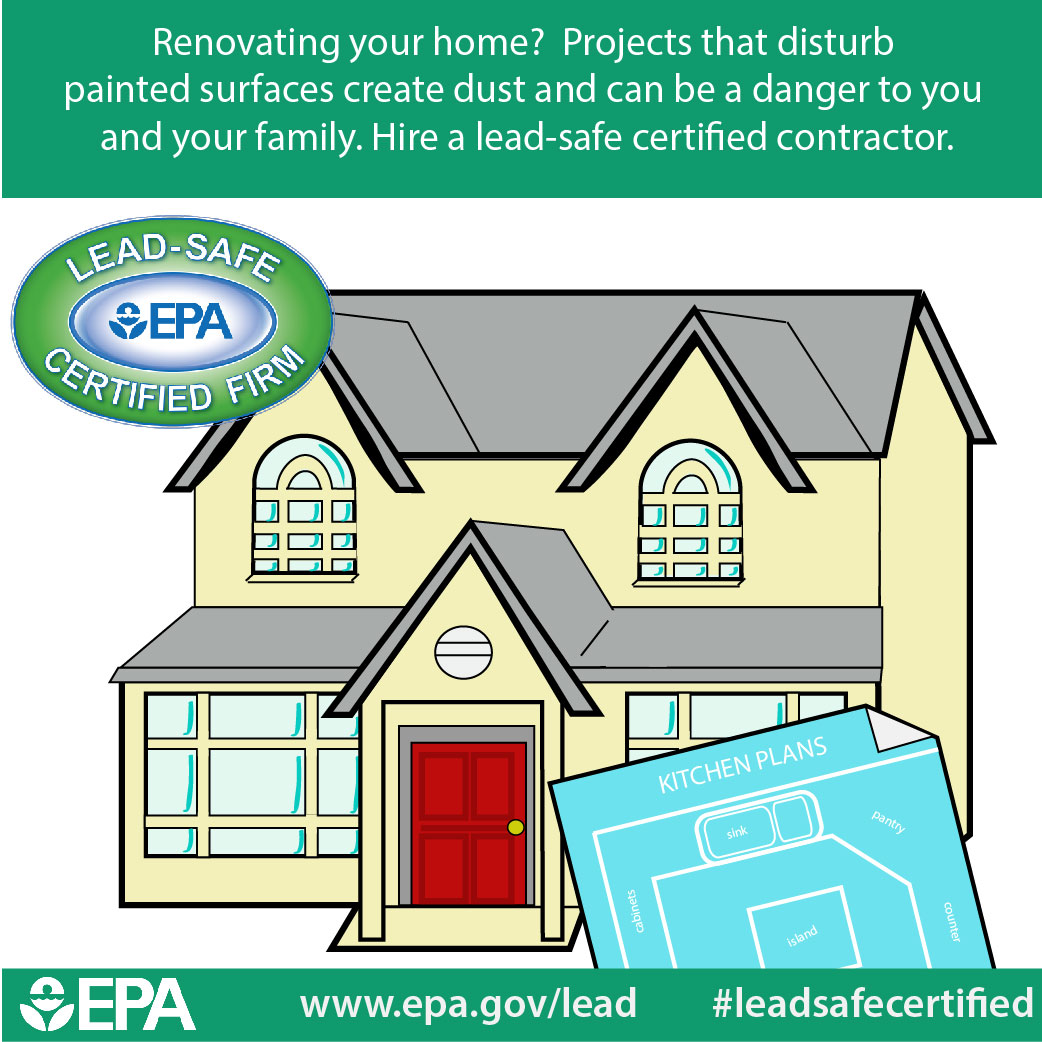Usual Errors In Wall Surface Paint And Effective Ways To Prevent Them
Usual Errors In Wall Surface Paint And Effective Ways To Prevent Them
Blog Article
Write-Up Created By-Greene Peck
When you're preparing to repaint your walls, it's very easy to neglect some key information that can make or break your project. You might assume choosing any type of paint will certainly do, or that surface prep work isn't needed, but these choices can cause frustrating outcomes. You'll want to avoid usual pitfalls like overwhelming your brush or rushing the drying time between coats. Recognizing these blunders can save you time and effort, yet there's more to think about if you want a remarkable surface that lasts. Allow's discover what you may be missing.
Choosing the Incorrect Paint
Choosing the appropriate paint is important for attaining a smooth, expert finish on your wall surfaces. If you choose the incorrect kind, you'll promptly find yourself encountering issues like peeling, fading, or irregular shade.
Beginning by considering the paint's base. Water-based paints are terrific for easy clean-up and fast drying, while oil-based choices are suitable for resilience in high-traffic areas.
Next, think about the coating. Matte surfaces hide flaws well but can be tough to tidy. Satin or eggshell finishes provide an equilibrium between aesthetic appeals and washability, making them ideal for many areas.
For locations susceptible to wetness, like bathroom and kitchens, pick a semi-gloss or gloss paint, which resists mold and mildew.
Do not forget to examine the shade. Test examples on your wall surfaces to see exactly how they search in various lighting throughout the day. https://sites.google.com/view/elk-horn-painting can considerably change how a shade appears, so this step is vital.
Missing Surface Area Preparation
Among the biggest mistakes property owners make is avoiding surface prep work before painting. You could assume you can simply order a brush and beginning, however that'll bring about a less-than-stellar surface. Appropriate prep is crucial for a smooth and long-term outcome.
Initially, assess your wall surfaces for any imperfections like splits, holes, or peeling paint. Loading those voids with spackle or caulk makes sure an uniform surface area.
Do not fail to remember to sand the location once it's completely dry, as this produces a much better surface for the paint to follow.
Next off, clean your wall surfaces to remove dust, grease, and grime. https://dengarden.com/news/masking-windows-painting-hack of soap and water can do wonders. If your wall surfaces are specifically dirty, think about utilizing a degreaser.
Ultimately, using a primer is usually forgotten yet can considerably improve the result, particularly if you're repainting over a darker shade or a surface that's been previously repainted.
A good primer improves attachment and helps cover any type of discolorations.
Improper Application Strategies
Using paint with the incorrect methods can result in unequal coverage and a discouraging surface. One typical mistake is using the wrong type of brush or roller. Ensure you select a tool that suits the paint type and the surface area texture. For smooth walls, a fine-nap roller works best, while distinctive surface areas may require a thicker nap.
An additional problem is applying way too much paint at once. Instead, apply thin, also layers. This not just prevents drips yet likewise makes sure better adhesion. If you observe runs, do not worry-- just take a brush and smooth them out instantly.
Additionally, remember to keep a wet side. This suggests overlapping your strokes while the paint is still damp to avoid visible lines.
Ultimately, stay clear of paint in straight sunshine or high humidity, as this can cause the paint to dry also quickly, causing blistering.
Verdict
To sum it up, staying clear of typical paint mistakes can make a substantial difference in your job's end result. Constantly choose the ideal paint for the job, never ever skip necessary surface area prep work, and make use of correct application strategies to make certain a smooth finish. Take your time between layers and don't overload your brushes or rollers. By complying with these suggestions, you'll accomplish a professional-looking outcome that you can be pleased with in your house. Satisfied paint!
